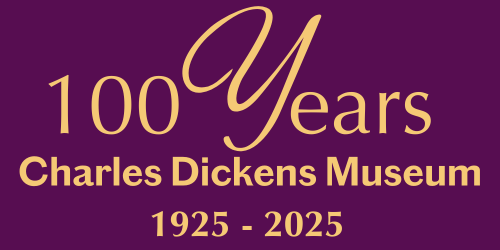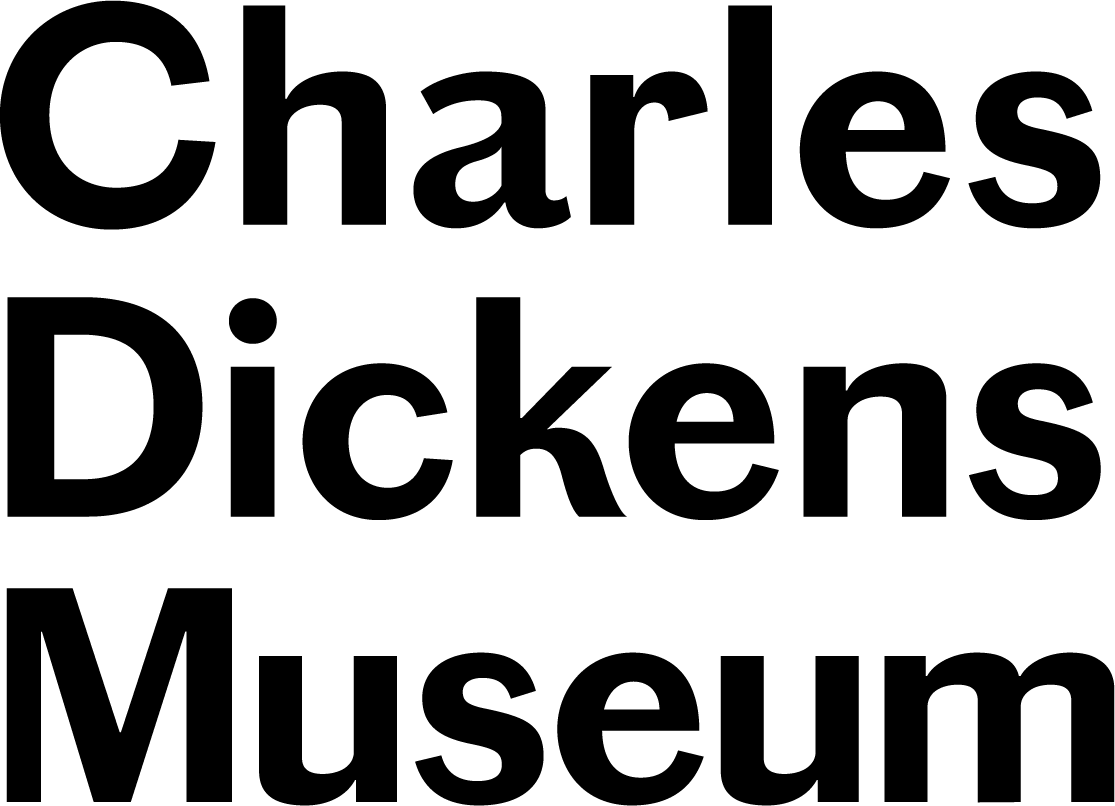Explore the museum
Discover Dickens through his work, his home and the things that mattered to him most
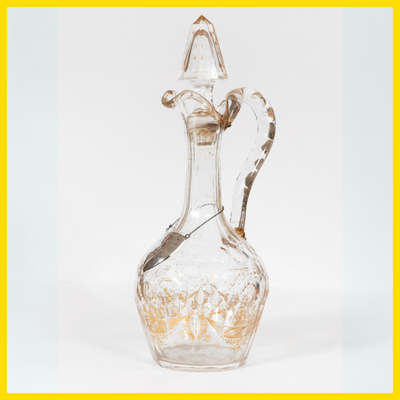
The Love That Never Was

This jug was once owned by Charles Dickens, then later by Annie Thomas, the heroine of this story.
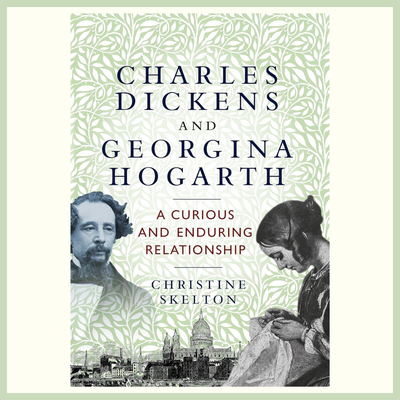
The Scandalous Sister? Georgina Hogarth

Jordan Evans-Hill speaks to Christine Skelton, the author of 'Charles Dickens and Georgina Hogarth: A Curious and Enduring Relationship.'
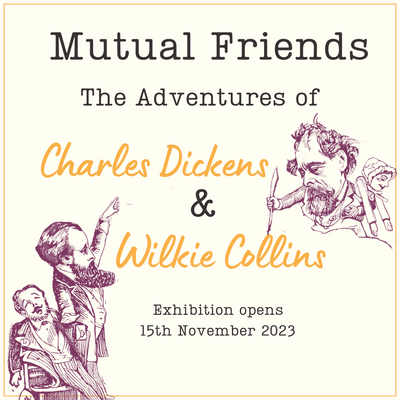
Bonus: Charles Dickens and Wilkie Collins
Jordan Evans-Hill and Emma Harper discuss the fascinating friendship between Charles Dickens and Wilkie Collins.
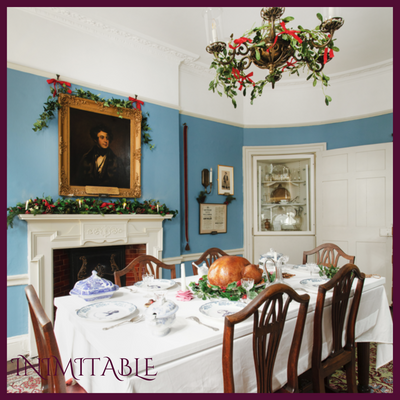
Episode Six: Food, Glorious Food
Why was food so important to Dickens? What do his descriptions tell us about Dickens as a person? And did he really help to make turkey the most popular Christmas meat?
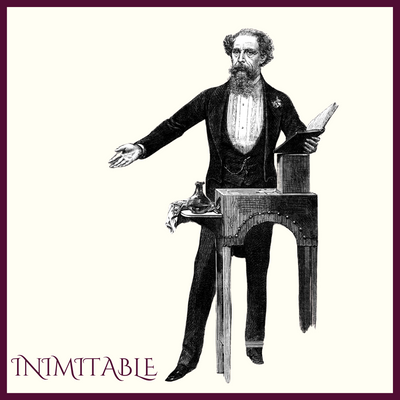
Episode Five: Striking A Blow
Was Dickens attempting to agitate for political change? What were his perceptions of the political structures of the day? And how political was 'A Christmas Carol?'
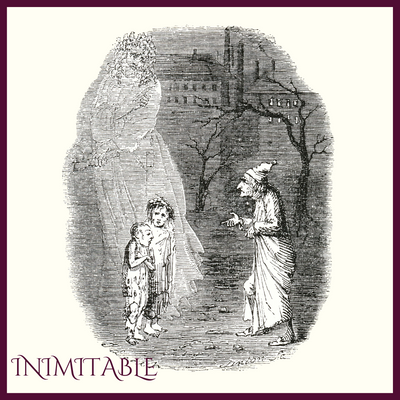
Episode Four: Ignorance and Want
Were these figures based on real children? Why are they included in an otherwise joyful part of the story? What is Dickens trying to tell his readers through these characters?

Episode Three: Making A Christmas Carol
How was 'A Christmas Carol' designed? Who drove its creation? And what does all this tell us about Dickens as a writer?
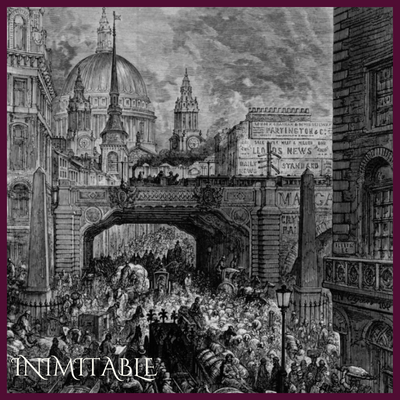
Episode Two: Scrooge's London
What was London really like in the 1840s? What help was available to the London poor? What was life like in the Victorian slums? And how did all of this shape Dickens's writing?

Episode One: Charles Dickens and Christmas
Episode One introduces us to the remarkable, little book, 'A Christmas Carol.'
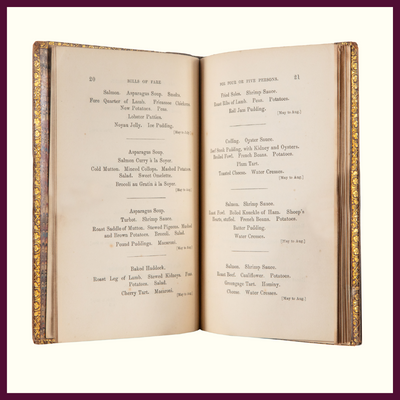
Catherine's Cookbook
This is a recipe book, written by Charles Dickens's wife, Catherine, under the pen-name 'Lady Maria Clutterbuck.'

Ignorance and Want
Scrooge confronts the children 'Ignorance' and 'Want.'
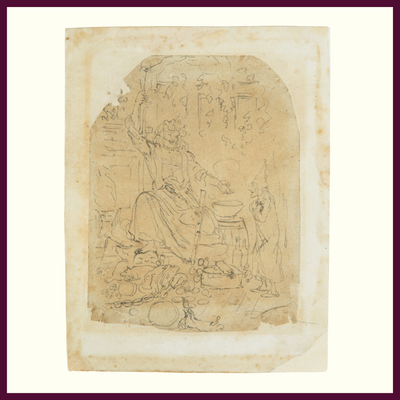
Sketch of the Ghost of Christmas Present
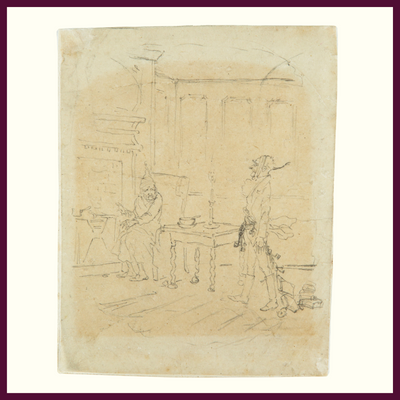
Sketch of Jacob Marley
Scrooge, illustrated here for the very first time, being confronted with the ghost of Jacob Marley.
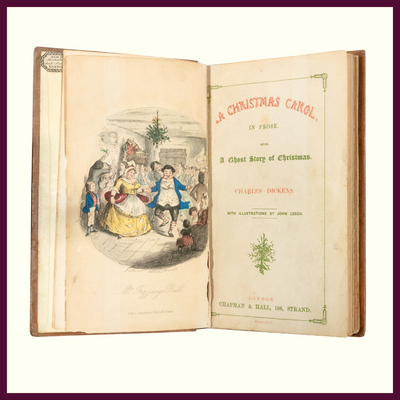
Trial edition of 'A Christmas Carol'
A trial edition of 'A Christmas Carol' in which Dickens played with the idea of changing the font colour.

Oliver Twist asks for more
Illustration by George Cruikshank
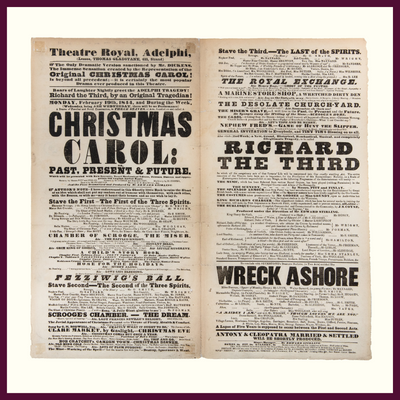
Playbill for 'A Christmas Carol'
This playbill from February 1844 advertises the very first adaptation of 'A Christmas Carol.' Discussed by Cindy, Frankie and Emma in episode one.

Affairs of the Heart
Letter, from Charles Dickens to Georgina Hogarth, 29 October 1868
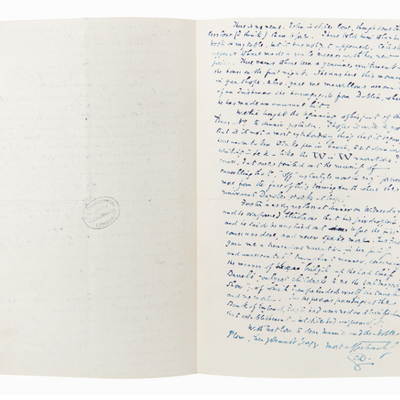
Collaborators?
Charles often decided to ‘tone down’ Wilkie's writing to ensure they wouldn’t offend middle-class readers.

Unfinished Works
The Mystery of Edwin Drood, 1870
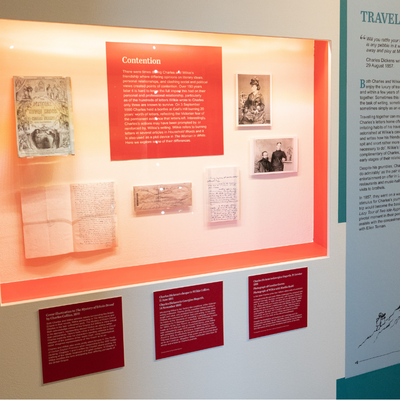
Contention
There were times during Charles and Wilkie’s friendship where differing opinions on literary ideals, personal relationships, and clashing social and political views created points of contention.

Reconsidered Corrections
The Frozen Deep, annotated by Wilkie Collins, 1866
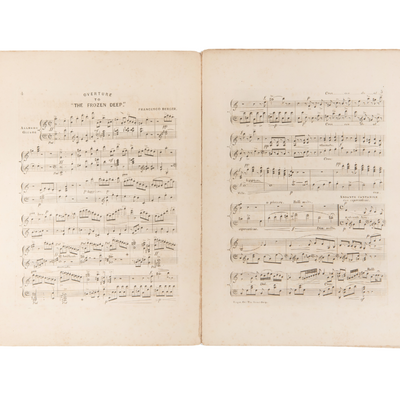
Musical Accompaniment
Overture to 'The Frozen Deep,' 1857
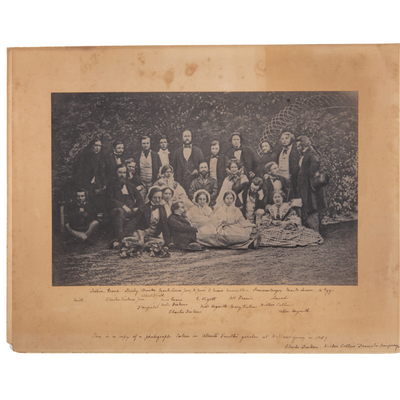
The Frozen Deep
Photograph of the Charles Dickens-Wilkie Collins Dramatic Company, 1857
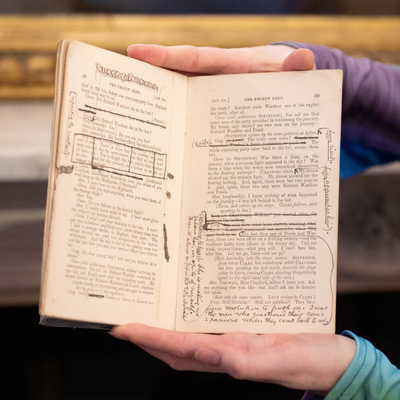
Performers
Charles Dickens and Wilkie Collins were both keen performers.

A Final Story
Incomplete draft of 'Tom Tiddler's Gound' 1861
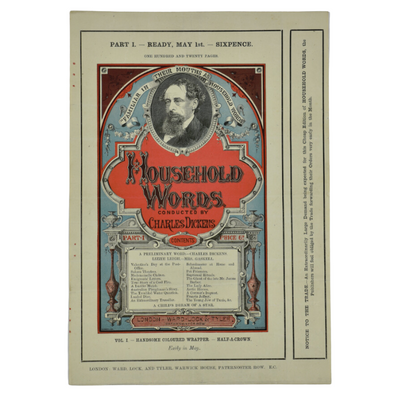
Satellite of Jupiter
Joining the Household Words made Wilkie’s professional subordination to Charles official – ‘one of the satellites of Jupiter’, as a contemporary reviewer put it.
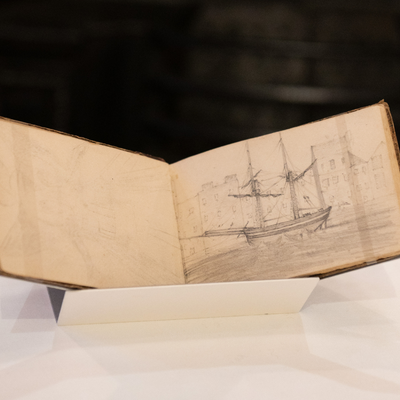
Collaborators
Charles Dickens often collaborated with his friend Wilkie Collins.
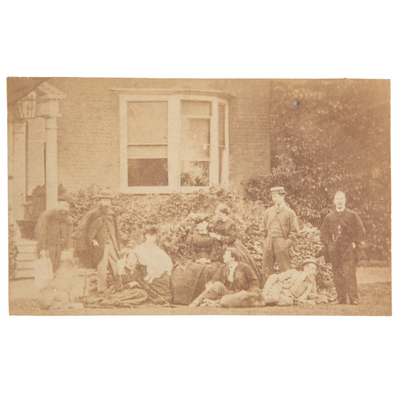
As Close as Family
Here Charles lies on the grass relaxing with family and friends, including Wilkie second on the left, distinguishable by his beard.
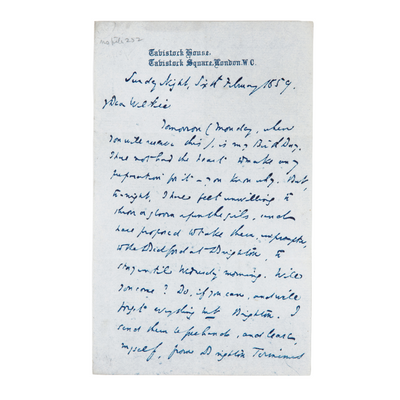
Best Friends
Charles invites Wilkie to Brighton, clearly wanting his best friend to cheer him up on his special day.
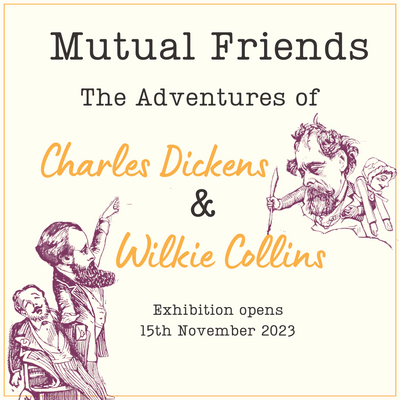
Mutual Friends: The Adventures of Charles Dickens and Wilkie Collins

Did Charles Dickens believe in Ghosts? The Evidence
Did Charles Dickens believe in ghosts? The evidence.

Ghost Stories by Charles Dickens
Ghost Stories by Charles Dickens
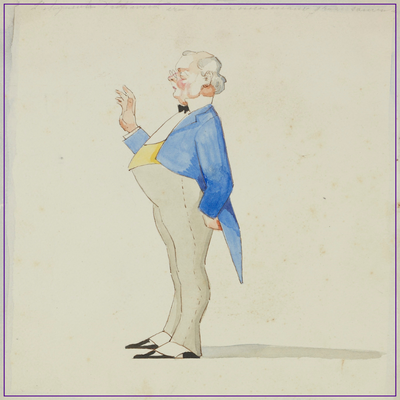
The Pickwick Papers Summary
The Pickwick Papers synopsis
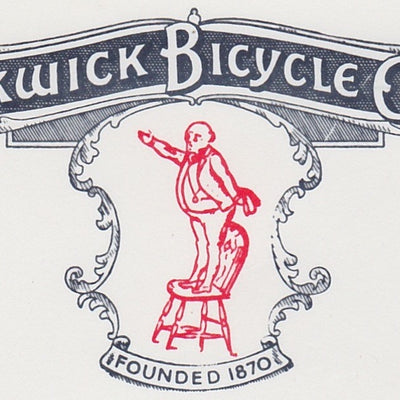
The Pickwick Bicycle Club
The Pickwick bicycle club.
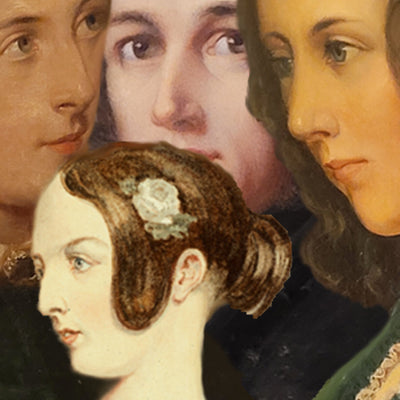

Dickens and LGBT+
There are a surprising amount of references to LGBT+ characters in Dickens's writings.
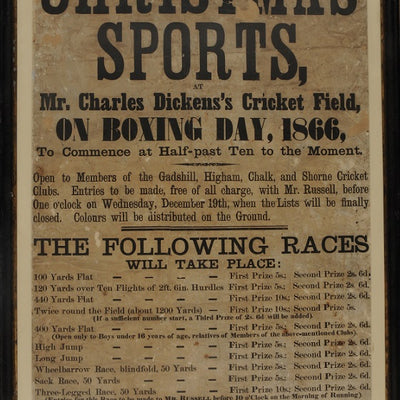
The Christmas Sports by Lucinda Dickens Hawksley
In this article, Lucinda Dickens Hawksley discusses one of her favourite items in the museum’s collection; a poster printed in 1866 advertising a day of “Christmas Sports at Mr Charles Dickens’s Cricket Field”.
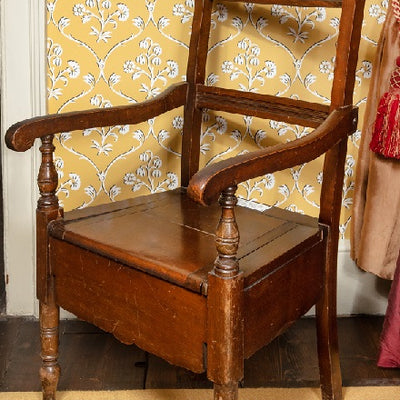
Where did Dickens go to the toilet?
At 48 Doughty Street we are regularly asked about how water and waste was dealt with by the Dickens family in the 1830s: Where did Dickens go to the loo? How did the family bathe? Did they have running water? This article is an attempt to address some of those questions.
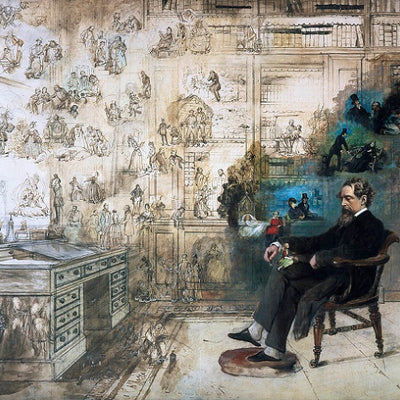
Dickens's Dream with Dr Leon Litvack
In this short video, Dr Leon Litvack introduces the painting Dickens’s Dream by RW Buss (1875), the characters it depicts and its intriguing relationship to other portraits of Dickens.
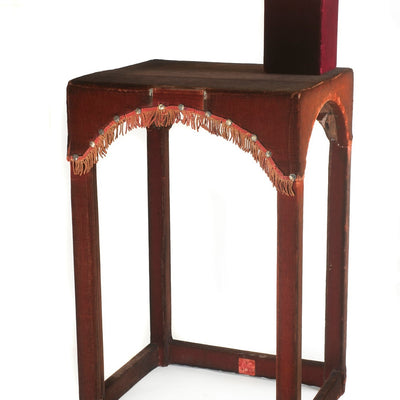
Dickens's reading desk with Dr Leon Litvack
In this short video, Dr Leon Litvack explores the importance of Dickens’s reading desk, on display at the Charles Dickens Museum.
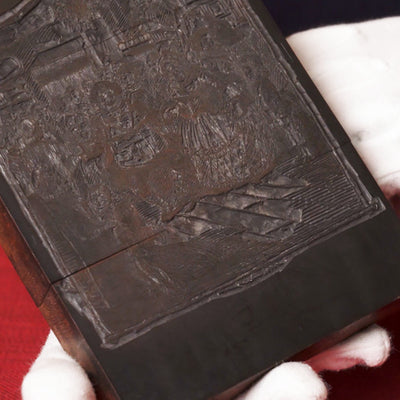
A Woodblock Illustration
In this video, join Curator Louisa Price as she shows you a woodblock of John Leech’s famous illustration, ‘Mr. Fezziwig’s Ball’ – the only illustration to be used in Dickens’s 1852 cheap edition of his Christmas stories.

Audio: Mamie Dickens on Dickens’s Studies
In this extract, we hear Dickens’s eldest daughter Mary, affectionately known as Mamie, sharing her memories of Dickens’s studies from several family homes.
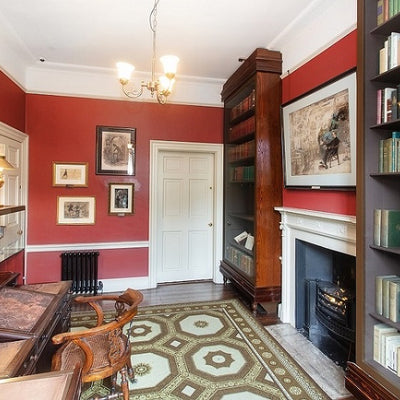
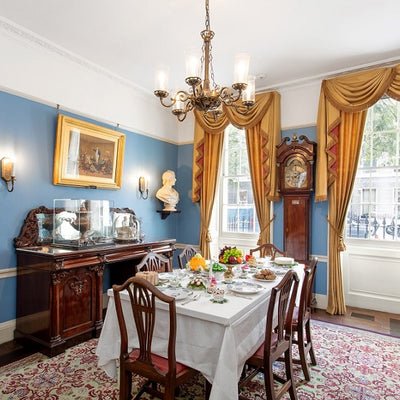

Interactive Tour: Mary Hogarth Room
Explore the Mary Hogarth room using our interactive tour.
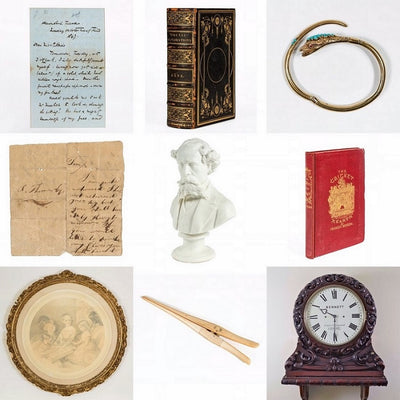
Search the Collections: Mary Hogarth Room
Discover more about the items displayed in this room by searching the Museum's collections database.
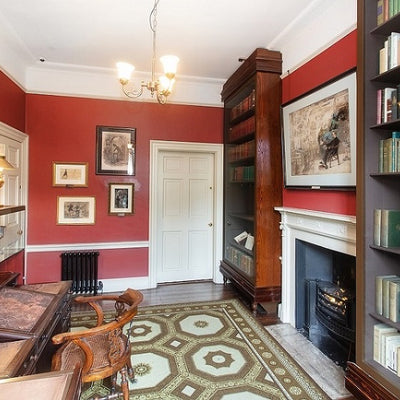
Audio: Mamie Dickens’s memories of Dickens at work in his study
In this extract we hear Dickens’s eldest daughter, Mamie, recall her memories of watching Dickens at work in his study channelling his characters.
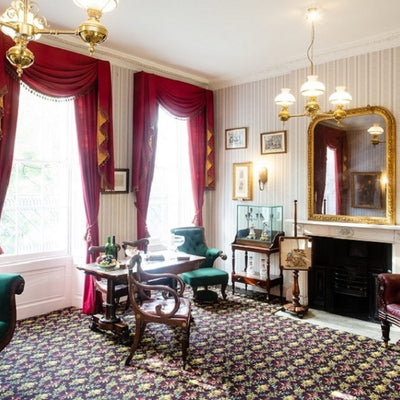

Audio: 'The Bastille Prisoner'
In this extract, we hear chapter two of The Bastille Prisoner, based on Book One from A Tale of Two Cities.
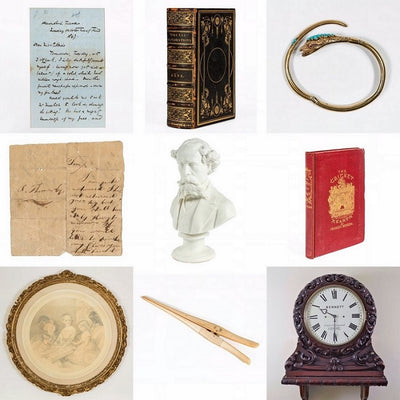
Search the Collections: Dining Room
Discover more about the items displayed in this room by searching the Museum's collections database.
